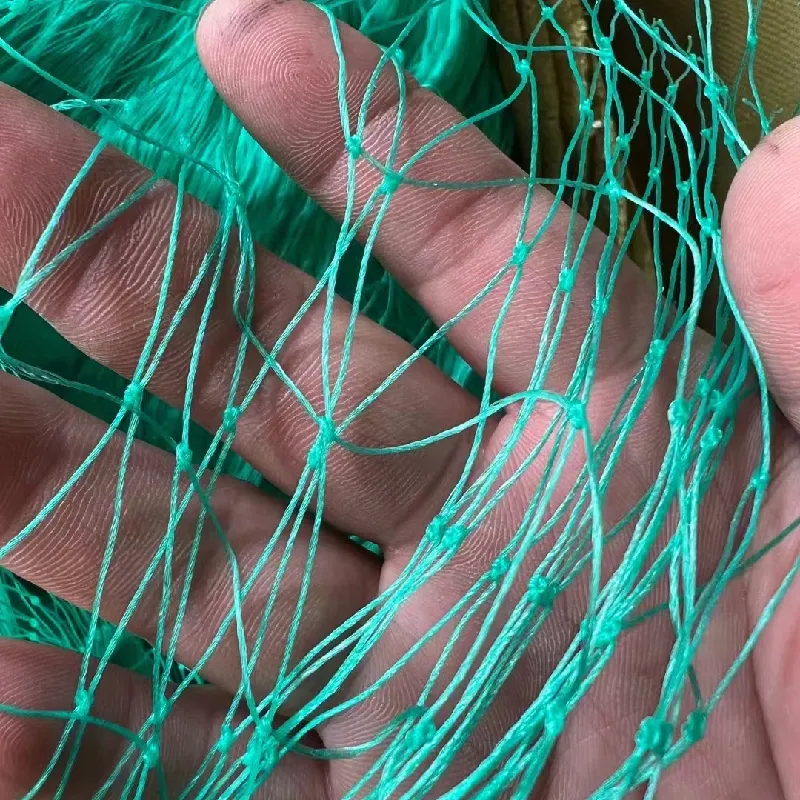-
 Afrikaans
Afrikaans -
 Albanian
Albanian -
 Amharic
Amharic -
 Arabic
Arabic -
 Armenian
Armenian -
 Azerbaijani
Azerbaijani -
 Basque
Basque -
 Belarusian
Belarusian -
 Bengali
Bengali -
 Bosnian
Bosnian -
 Bulgarian
Bulgarian -
 Catalan
Catalan -
 Cebuano
Cebuano -
 China
China -
 Corsican
Corsican -
 Croatian
Croatian -
 Czech
Czech -
 Danish
Danish -
 Dutch
Dutch -
 English
English -
 Esperanto
Esperanto -
 Estonian
Estonian -
 Finnish
Finnish -
 French
French -
 Frisian
Frisian -
 Galician
Galician -
 Georgian
Georgian -
 German
German -
 Greek
Greek -
 Gujarati
Gujarati -
 Haitian Creole
Haitian Creole -
 hausa
hausa -
 hawaiian
hawaiian -
 Hebrew
Hebrew -
 Hindi
Hindi -
 Miao
Miao -
 Hungarian
Hungarian -
 Icelandic
Icelandic -
 igbo
igbo -
 Indonesian
Indonesian -
 irish
irish -
 Italian
Italian -
 Japanese
Japanese -
 Javanese
Javanese -
 Kannada
Kannada -
 kazakh
kazakh -
 Khmer
Khmer -
 Rwandese
Rwandese -
 Korean
Korean -
 Kurdish
Kurdish -
 Kyrgyz
Kyrgyz -
 Lao
Lao -
 Latin
Latin -
 Latvian
Latvian -
 Lithuanian
Lithuanian -
 Luxembourgish
Luxembourgish -
 Macedonian
Macedonian -
 Malgashi
Malgashi -
 Malay
Malay -
 Malayalam
Malayalam -
 Maltese
Maltese -
 Maori
Maori -
 Marathi
Marathi -
 Mongolian
Mongolian -
 Myanmar
Myanmar -
 Nepali
Nepali -
 Norwegian
Norwegian -
 Norwegian
Norwegian -
 Occitan
Occitan -
 Pashto
Pashto -
 Persian
Persian -
 Polish
Polish -
 Portuguese
Portuguese -
 Punjabi
Punjabi -
 Romanian
Romanian -
 Russian
Russian -
 Samoan
Samoan -
 Scottish Gaelic
Scottish Gaelic -
 Serbian
Serbian -
 Sesotho
Sesotho -
 Shona
Shona -
 Sindhi
Sindhi -
 Sinhala
Sinhala -
 Slovak
Slovak -
 Slovenian
Slovenian -
 Somali
Somali -
 Spanish
Spanish -
 Sundanese
Sundanese -
 Swahili
Swahili -
 Swedish
Swedish -
 Tagalog
Tagalog -
 Tajik
Tajik -
 Tamil
Tamil -
 Tatar
Tatar -
 Telugu
Telugu -
 Thai
Thai -
 Turkish
Turkish -
 Turkmen
Turkmen -
 Ukrainian
Ukrainian -
 Urdu
Urdu -
 Uighur
Uighur -
 Uzbek
Uzbek -
 Vietnamese
Vietnamese -
 Welsh
Welsh -
 Bantu
Bantu -
 Yiddish
Yiddish -
 Yoruba
Yoruba -
 Zulu
Zulu
Affordable Anti Hail Nets for Effective Crop Protection
The Economics of Anti-Hail Net Prices Protecting Agriculture
Hailstorms can wreak havoc on agricultural crops, leaving farmers devastated by the unexpected loss of their harvests. As climate change causes increasingly erratic weather patterns, protecting crops from hail has become a priority for many agrarians. One of the most effective solutions for mitigating hail damage is the installation of anti-hail nets. However, understanding the pricing, costs, and economic implications of these protective measures is essential for farmers making decisions that affect their livelihoods.
The Economics of Anti-Hail Net Prices Protecting Agriculture
Investing in anti-hail nets can yield significant long-term benefits for farmers. Firstly, by preventing hail damage, farmers can protect their yields and thus secure their income. Studies have shown that hail can reduce yields by as much as 70% in severely affected regions. For farmers who are already operating on thin margins, the cost of installing anti-hail nets can be justified by the potential increase in yield and profit. In many cases, the return on investment (ROI) for using anti-hail nets can be substantial, often recouping the initial costs within a few years.
anti hail net price

Moreover, anti-hail nets provide additional benefits beyond just protecting crops from hail. They can help regulate temperature in localized areas, providing shade during the hottest parts of the day and potentially improving the overall microclimate for various crops. This regulation can lead to enhanced crop growth and an extended growing season, further increasing yield prospects.
While the initial investment can be significant, farmers must also consider the impact of hail on their insurance premiums. Many crop insurance policies take into account the level of risk and equipped protection measures. By investing in anti-hail nets, farmers might see a decrease in insurance premiums due to reduced risk, thus offsetting some of the installation costs.
Despite the clear benefits, farmers face challenges in adopting these protective measures. Many smallholder farmers may find the upfront costs prohibitive, leading to a reliance on traditional farming practices that expose them to hail damage. In this context, government subsidies or financial assistance programs could play a crucial role in making anti-hail nets more accessible, particularly in high-risk areas prone to severe weather.
In conclusion, the economics of anti-hail nets is a multifaceted issue that involves considering upfront costs, potential yield increases, insurance savings, and additional environmental benefits. As climate change continues to pose significant threats to agriculture, the adoption of protective measures like anti-hail nets is becoming increasingly critical for safeguarding farmers' livelihoods. Through careful consideration of the investment involved and the adoption of supportive policies, it is possible to create a more resilient agricultural sector capable of withstanding the vagaries of weather, ensuring food security, and sustaining rural communities.
-
Why Nylon Mesh Netting is Revolutionizing Industrial and Commercial ApplicationsNewsJun.13,2025
-
Reinventing Reliability with Construction Wire MeshNewsJun.13,2025
-
Protect Your Crops with High-Performance Agricultural Netting SolutionsNewsJun.13,2025
-
Premium Breeding Net Solutions for Modern AquariumsNewsJun.13,2025
-
Precision Filtration Solutions for Industrial and Commercial NeedsNewsJun.13,2025
-
Advanced Industrial Mesh Solutions for Every ApplicationNewsJun.13,2025











